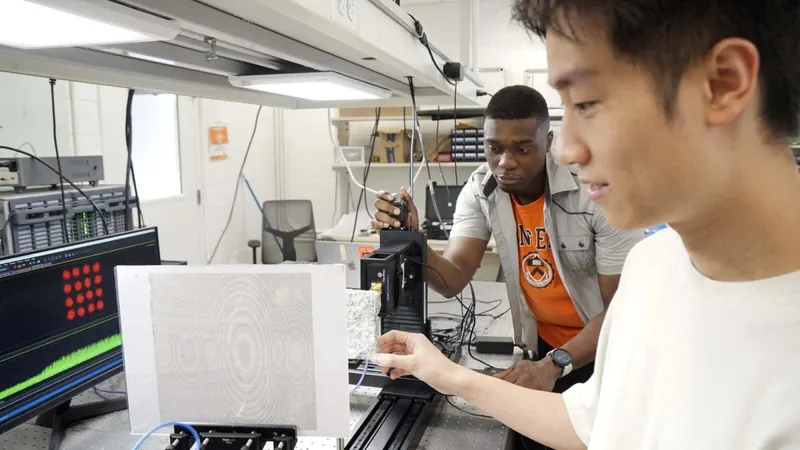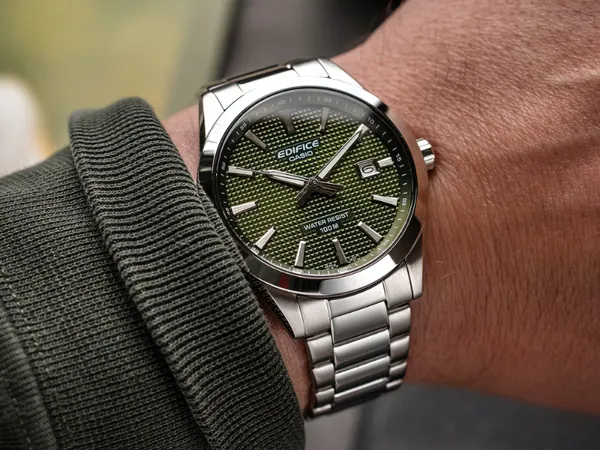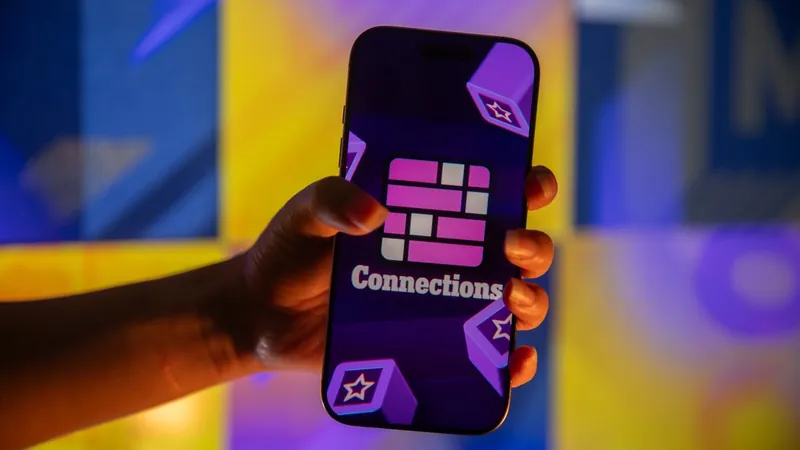
Unlocking the Future: Scientists Develop a Game-Changer for Wireless Data Transfer
2025-08-18
Author: Arjun
In a groundbreaking leap for technology, researchers at Princeton University have devised a revolutionary machine-learning system capable of wirelessly transmitting vast amounts of data, even in the ultra-high frequencies where traditional methods falter. This innovative approach is set to redefine how we connect and communicate, especially for data-hungry applications like virtual reality and autonomous vehicles.
As our reliance on digital connectivity intensifies, current wireless systems are struggling to keep up. The demand for bandwidth skyrockets as innovations push the envelope, leading to an urgent need for faster, more efficient data transfers. Fortunately, Princeton's team, led by assistant professor Yasaman Ghasempour, is tackling this challenge head-on.
The Challenge: Obstacles in Ultra-High Frequencies
Transmissions in the sub-terahertz band hold the potential to transmit ten times more data than existing wireless systems. However, these frequencies are notoriously susceptible to blockage, often losing signals from everyday objects like walls or furniture. Ghasempour’s team has introduced a clever solution: a system that shapes data transmissions so they can adeptly navigate around barriers.
Using technology inspired by a concept known as Airy beams—initially proposed in 1979—researchers are finding ways for signals to curve around obstacles, much like a curveball in baseball. This capability is essential for environments where direct line-of-sight is unavailable.
Real-Time Adaptation to Dynamic Environments
What makes this system truly exceptional is its adaptability. Unlike traditional static systems, Princeton's technology adjusts in real time to shifting environments. This means that if a new obstruction appears, the transmitter can recalibrate to maintain a strong and reliable connection, even in bustling, cluttered spaces.
Lead author of the study, graduate student Haoze Chen, emphasizes that their focus goes beyond merely generating beams; they are honing in on optimizing the shapes of these beams for specific situations, thus enhancing data transmission reliability.
Training the Neural Network Like an Athlete
To identify the most effective curved signal, the team drew parallels between their system and the reflexive techniques of seasoned athletes. Just as basketball players develop instinctive shooting skills through practice, the researchers designed a neural network mimicking the human brain’s learning capabilities.
Given the complexities of the underlying physics, training the system in real-world conditions was inefficient. Instead, coauthor Atsutse Kludze created an advanced simulator that enabled the neural network to train under various obstacles and environments without the exhaustive time commitment of real-world testing.
The Future of Ultra-Fast Connectivity
With their system now trained, the neural network can quickly adapt signal curvatures with astonishing precision. This advancement addresses a long-standing barrier in adopting ultra-high frequencies for wireless communication, paving the way for a future where high-speed, dependable connectivity is the norm.
As Ghasempour aptly notes, with continued innovation, we are on the brink of a new era—one where even the most intricate environments can facilitate lightning-fast wireless connectivity, transforming our experiences in immersive virtual reality and other cutting-edge applications that were once deemed unattainable.


 Brasil (PT)
Brasil (PT)
 Canada (EN)
Canada (EN)
 Chile (ES)
Chile (ES)
 Česko (CS)
Česko (CS)
 대한민국 (KO)
대한민국 (KO)
 España (ES)
España (ES)
 France (FR)
France (FR)
 Hong Kong (EN)
Hong Kong (EN)
 Italia (IT)
Italia (IT)
 日本 (JA)
日本 (JA)
 Magyarország (HU)
Magyarország (HU)
 Norge (NO)
Norge (NO)
 Polska (PL)
Polska (PL)
 Schweiz (DE)
Schweiz (DE)
 Singapore (EN)
Singapore (EN)
 Sverige (SV)
Sverige (SV)
 Suomi (FI)
Suomi (FI)
 Türkiye (TR)
Türkiye (TR)
 الإمارات العربية المتحدة (AR)
الإمارات العربية المتحدة (AR)